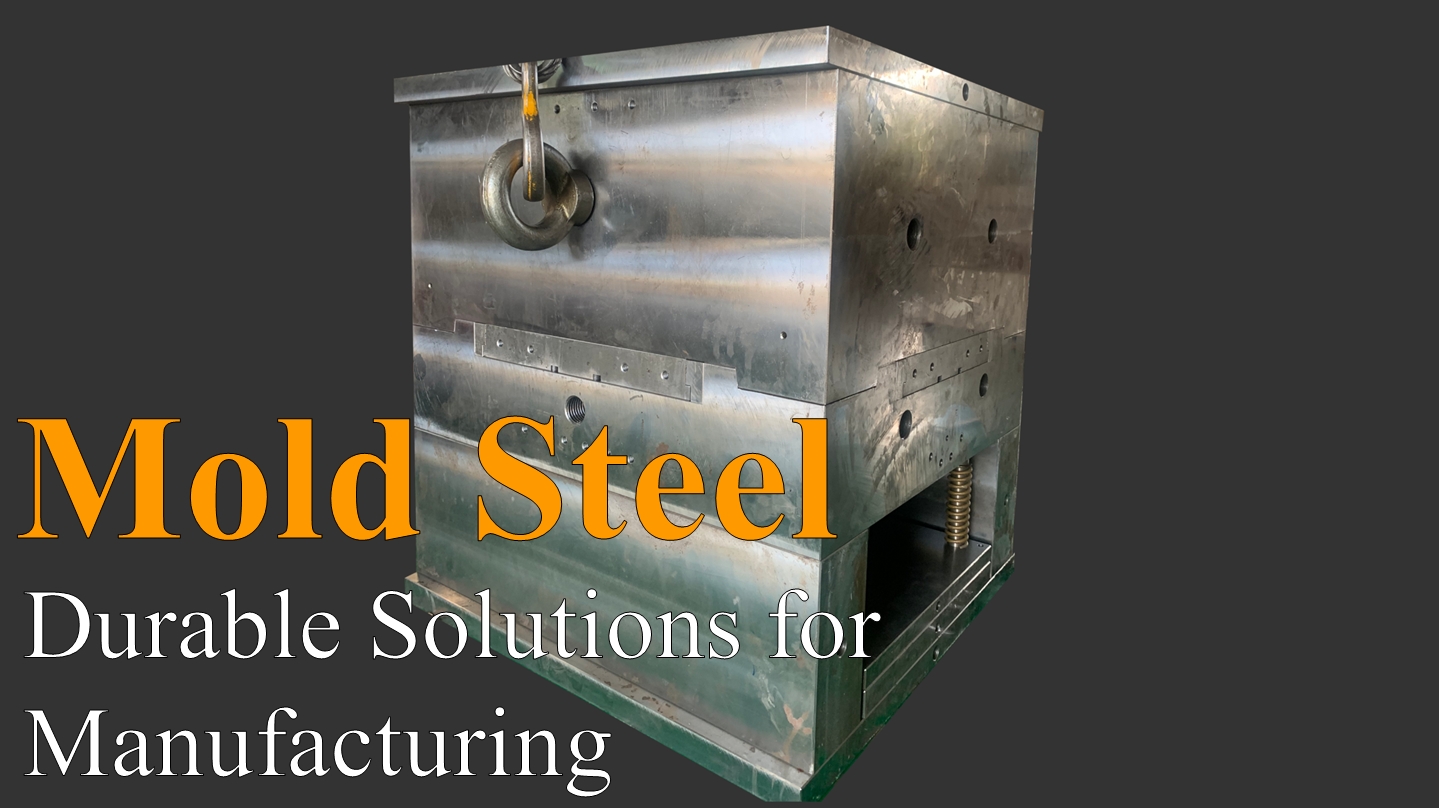
Mold Steel: Durable Solutions for Manufacturing
Introduction
Mold steel is a critical material in the manufacturing industry, known for its durability, strength, and versatility. It is essential in creating molds that produce various products, ensuring high-quality and efficient production. At Liang Rong Co., Ltd., we specialize in providing superior mold steel solutions tailored to meet the diverse needs of our clients.
Understanding Mold Steel
Mold steel is designed to withstand the rigorous demands of the molding process, including high pressure, heat, and repeated use. It is typically composed of alloy elements that enhance its hardness, toughness, and resistance to wear and corrosion. This makes mold steel ideal for producing molds used in plastic injection molding, die-casting, and other manufacturing processes.
Types of Mold Steel
- P20 Steel: Commonly used for plastic injection molds and die casting, P20 steel offers good toughness and machinability. It is pre-hardened, reducing the need for additional heat treatment.
- H13 Steel: Known for its excellent thermal stability and resistance to thermal fatigue, H13 steel is ideal for die-casting molds and extrusion dies. It can endure high temperatures and repeated thermal cycling.
- S45C Steel: Often used in structural applications and for producing machinery parts, S45C steel is a medium-carbon steel that provides a balance of strength and machinability.
- Stainless Mold Steels: These steels, such as 420 and 440C, offer superior corrosion resistance, making them suitable for molds exposed to corrosive environments or requiring high surface finish quality.
Benefits of Using Mold Steel
- Durability: Mold steel's high hardness and toughness ensure long-lasting molds that can withstand the stresses of high-volume production.
- Precision: The machinability of mold steel allows for the creation of intricate and precise mold designs, essential for producing high-quality parts.
- Cost-Efficiency: Investing in durable mold steel reduces the need for frequent mold replacements and repairs, lowering overall production costs.
- Versatility: Mold steel can be tailored to various applications, from plastic injection molding to metal casting, offering flexibility in manufacturing processes.
Applications of Mold Steel
Mold steel is used in numerous industries, including automotive, aerospace, consumer goods, and medical devices. It is essential for producing components such as:
- Automotive Parts: Engine components, interior panels, and exterior trim.
- Aerospace Components: Structural parts, turbine blades, and housings.
- Consumer Products: Household appliances, electronic devices, and toys.
- Medical Devices: Surgical instruments, implantable devices, and diagnostic equipment.
Choosing the Right Mold Steel
Selecting the appropriate mold steel depends on several factors, including the type of material being molded, production volume, and specific application requirements. Considerations include:
- Material Compatibility: Ensure the mold steel is suitable for the material being molded (e.g., plastic, metal, rubber).
- Production Volume: High-volume production may require more durable and wear-resistant steel.
- Environmental Conditions: Exposure to corrosive environments or high temperatures may necessitate the use of specialized stainless steels.
Mold Steel Processing Techniques
- Heat Treatment: Enhances the hardness and durability of mold steel, ensuring it can withstand high pressure and temperature.
- Surface Treatment: Techniques like nitriding and carburizing improve wear resistance and extend mold life.
- Machining: Precision machining techniques ensure that the mold steel is shaped accurately to create intricate designs.
Advanced Manufacturing Techniques
Advanced techniques in mold steel treatment play a vital role in enhancing the overall quality and performance of molds used in manufacturing:
- Heat Treatment: Crucial for improving the hardness and durability of mold steel, heat treatment processes like tempering and annealing are tailored to specific steel types to enhance their performance under stress.
- Surface Coating: Techniques such as nitriding, carburizing, or chrome plating are applied to mold steel to increase surface hardness, reduce wear, and protect against corrosion, thereby extending the life of molds.
- Material Enhancement: Adding alloy elements such as vanadium, chromium, and molybdenum improves the toughness and wear resistance of mold steel, making it suitable for complex and high-volume production runs.
These techniques ensure that mold steel can meet the rigorous demands of modern manufacturing environments, providing reliable and efficient production capabilities.
Conclusion
Mold steel is a cornerstone of efficient and high-quality manufacturing. At Liang Rong Co., Ltd., we are committed to providing durable and versatile mold steel solutions that meet the unique needs of our clients. By choosing the right mold steel, manufacturers can enhance their production processes, reduce costs, and ensure the longevity of their molds.
For more information or to discuss your specific needs, please contact us at Liang Rong Co., Ltd. We look forward to partnering with you to achieve your manufacturing goals.